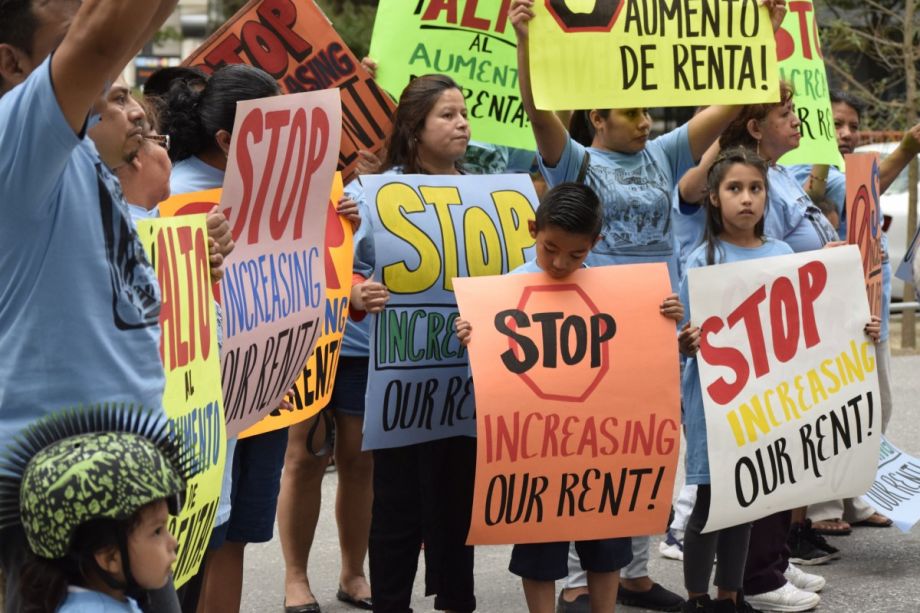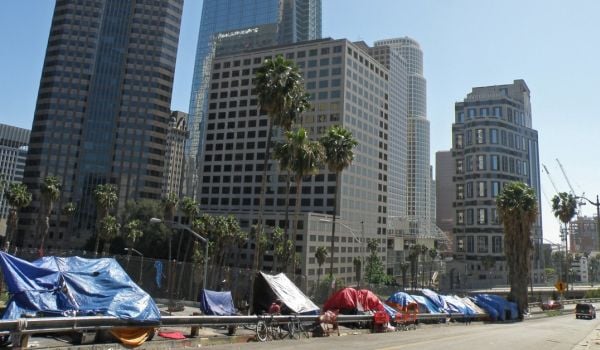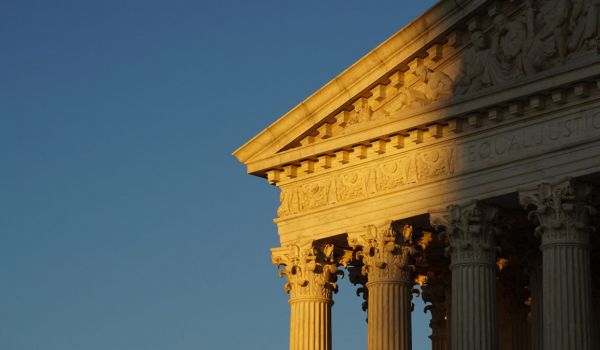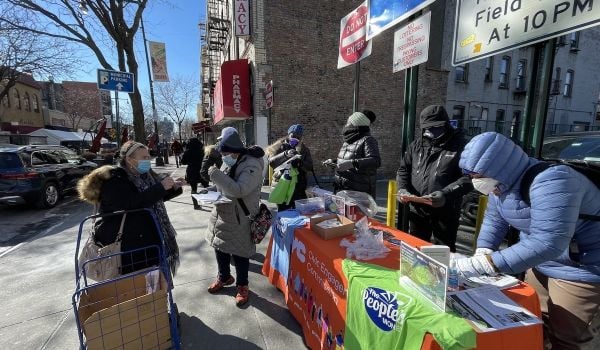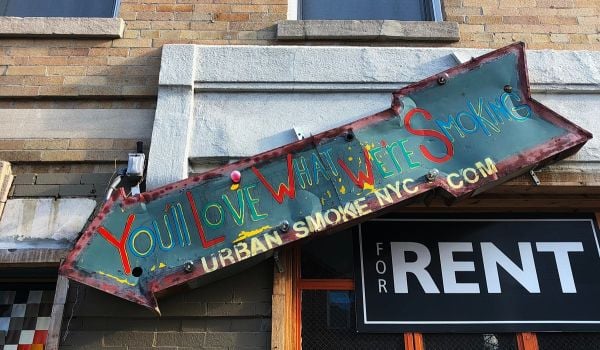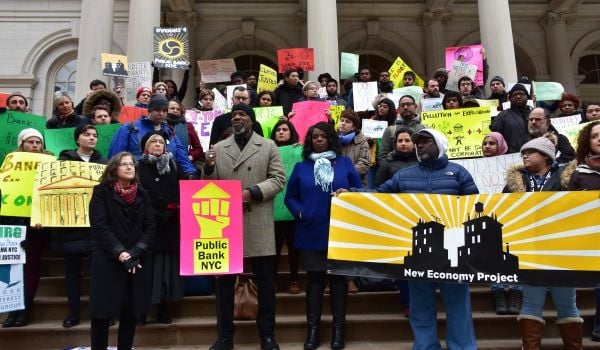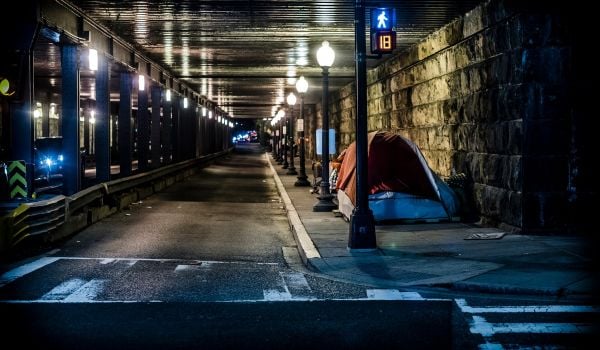Rents to Rise For Millions of Rent-Regulated NYC Tenants
On Tuesday, the nine-member body that determines rent increases for a million New York City apartments under rent regulation voted to raise rents on one-year leases by 3.25% and two-year leases by 5%. The increases will be in effect for leases beginning Oct. 1.
This marks the largest rent increase since 2013, when rents were raised 4% on one-year leases and 7.75% on two-year leases, according to the New York Times. The vote took place at Cooper Union after a public hearing in which tenants plead their case, many still reeling from the pandemic.
In March, the board released an analysis finding that net operating revenue for rent-regulated units dropped 7.8% from 2019 to 2020. That report also found revenues exceeded operating costs in nearly all buildings. In 2020, an average rent-regulated apartment building in the city yielded up to $302,000 in net operating income — that is, income leftover after administrative expenses — which could be put toward mortgage payments, capital repairs or kept as profit, the report found.
Mayor Eric Adams, who appointed three members of the Rent Guidelines Board, released a statement after the vote in which he sympathized with both tenants and landlords. He said rent freezes enacted under his predecessor were “putting building owners of modest means at risk while threatening the quality of life for tenants who deserve to live in well-maintained, modern buildings.” But most landlords of rent-regulated buildings are not of modest means: a 2020 analysis by the board found only 14.2% of rent-regulated units were owned by landlords with a single building, which in of itself may comprise several hundred units. But 24.2% of units were owned by landlords with between 21-60 buildings, and 16.9% were owned by landlords with more than 61 buildings.
Arizona to Seal Eviction Cases From Credit Agencies
In many states, a landlord’s eviction filing can continue to follow a tenant, even in cases when the eviction was baseless or didn’t result in a tenant’s removal. Renters in Arizona who have had eviction cases filed against them will now have those cases sealed if they were settled, according to the Arizona Republic. Previously, the cases could end up in credit reports while a landlord is screening tenants, making it difficult for a tenant to find another home.
Unfortunately, successful evictions will still show up in credit reports. And the law pertains only to future evictions, not past evictions, according to Arizona Public Media.
An April report by the Republic found that eviction filings in Maricopa County (which includes Phoenix), were nearly at 2019 levels earlier this year, close to the highest rate in 8 years. Arizona allows eviction filings just 5 days after a missed payment.
Public Housing Residents Face Higher Air Pollution, Study Shows
A recently-released study in the journal Scientific Reports found higher levels of air pollution in federally-funded public housing developments. These developments also have a disproportionate amount of low-income, disabled and non-white renters. Many public housing residents “are at a ‘multiple jeopardy’ based on the convergence of their minority, disability, and poverty status,” researchers found. While the report does not state why air pollution is higher amidst public housing, the authors allude to the fact that much public housing exists in areas where environmental pollutants and “hazardous industries” have been placed. A 2021 report from American Public Media and the Intercept found, for instance, that over 9000 federally subsidized properties were within one mile of a Superfund site.
The researchers, who belong to the University of Texas at El Paso and the University of Utah, believe the report is the first national study of air pollution levels in public housing. Previous research has also drawn correlations between public housing and poor health outcomes; a 2019 report with the Center for New York City Affairs showed that asthma hospitalizations were higher in areas with a high density of public housing units.
This article is part of Backyard, a newsletter exploring scalable solutions to make housing fairer, more affordable and more environmentally sustainable. Subscribe to our weekly Backyard newsletter.

Roshan Abraham is Next City's housing correspondent and a former Equitable Cities fellow. He is based in Queens. Follow him on Twitter at @roshantone.



